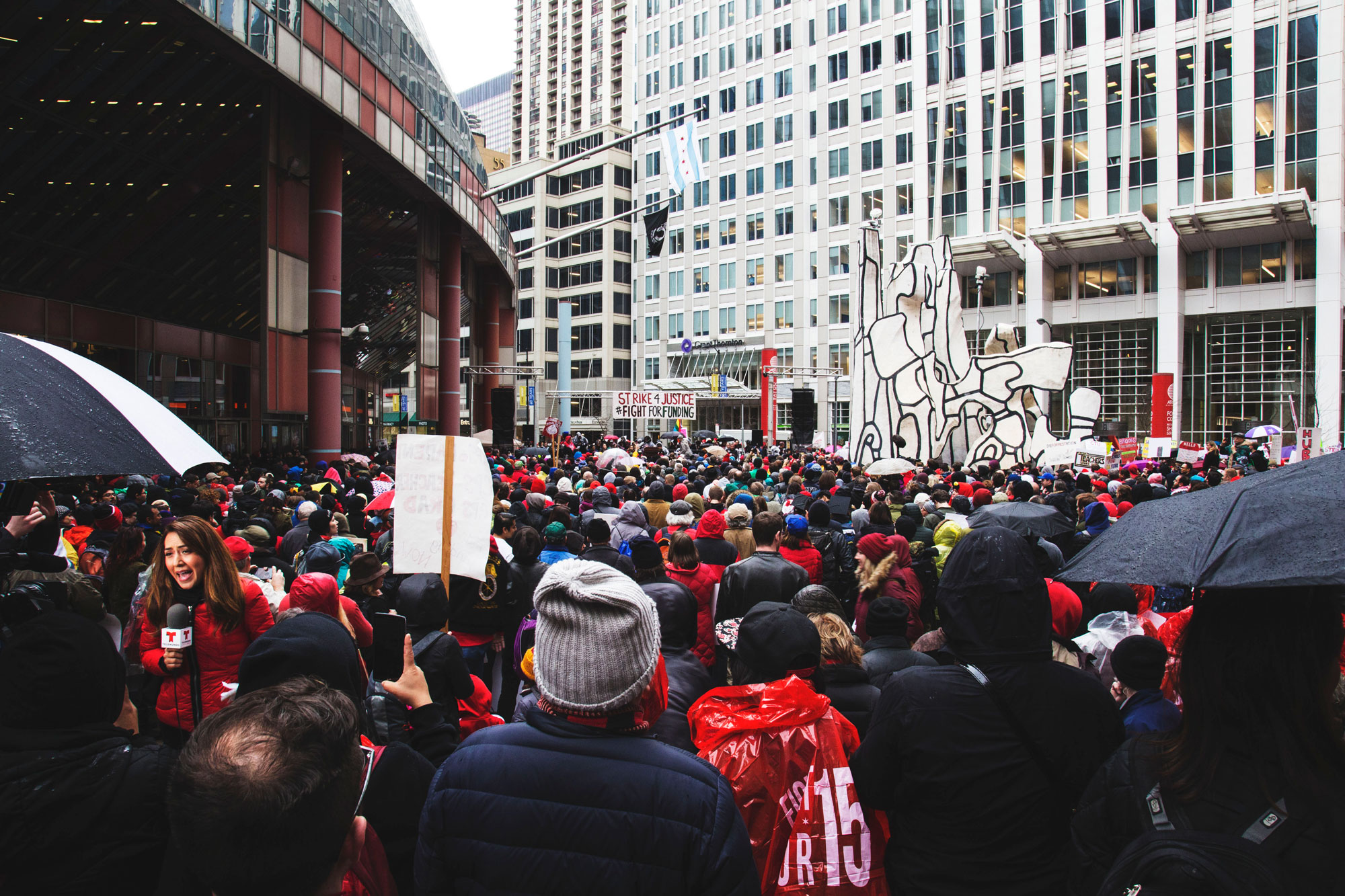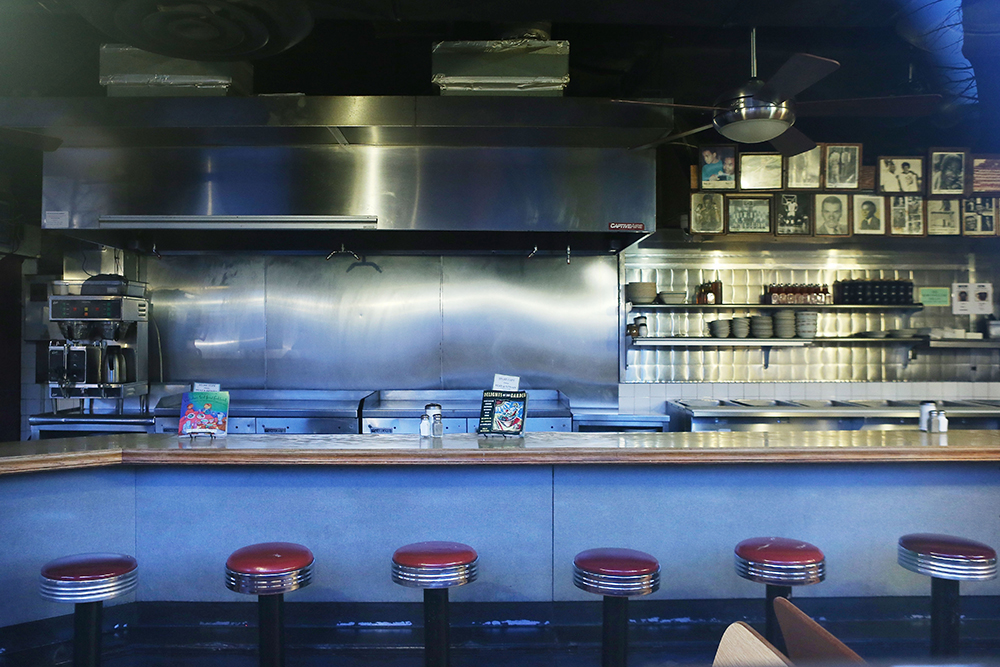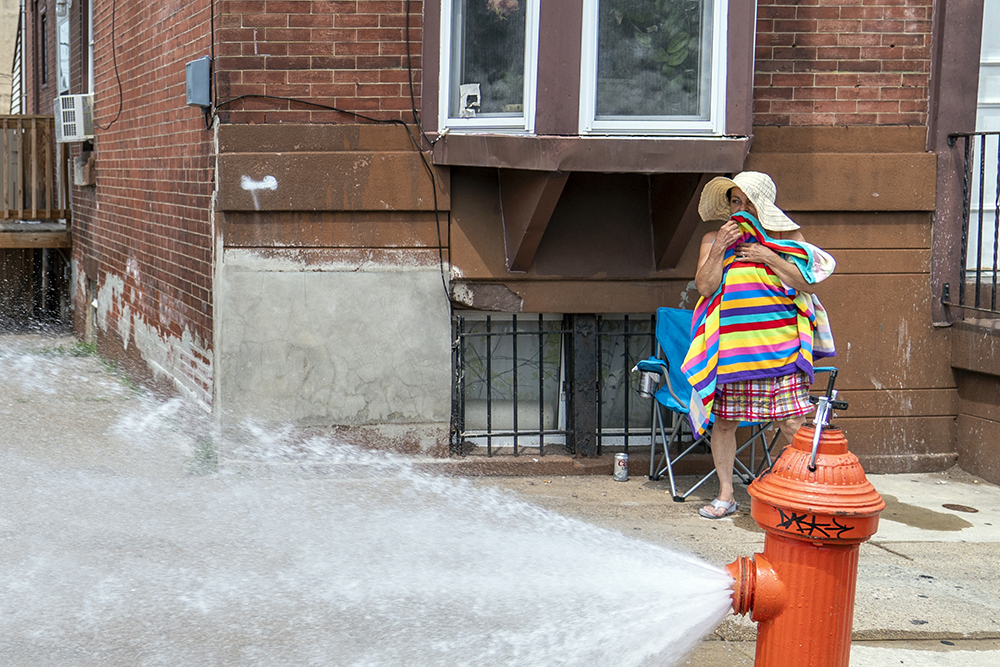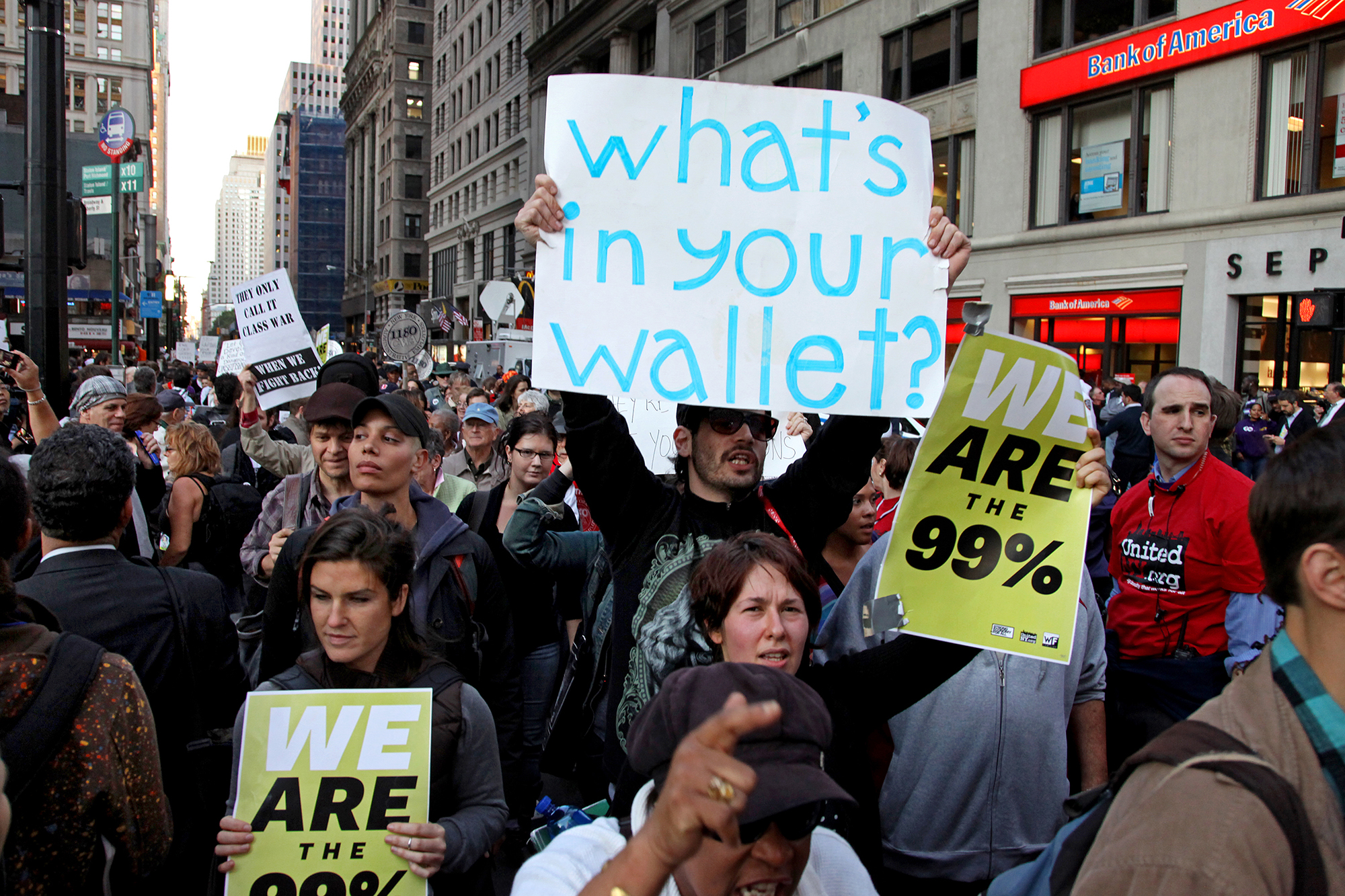All throughout the hot Arizona summer, you could find public school teachers decked out in red t-shirts stamped with the phrase #RedForEd. They were everywhere — tabling at community events, discussing the lack of public education funding at summer barbeques, wielding clipboards and wandering parking lots in the scorching afternoon sun in search of registered voters.
After years of funding cuts, the 2017-2018 school year culminated in a statewide teacher walk-out in protest of Arizona’s poor public school conditions and low educator pay. During the summer, supporters shifted their focus to Invest in Education, gathering 270,000 signatures in support of a ballot initiative that would increase income taxes for the wealthy and raise $690 million for public education. But in a recent decision by the Arizona Supreme Court, the Invest in Education initiative has been removed from the November ballot, effectively silencing educators and refusing Arizona residents the opportunity to vote to increase public school funding.
Get TalkPoverty In Your Inbox
The Arizona Supreme Court decision is not just a blow to the thousands of supporters who spent months protesting, organizing, and petitioning. It is a rejection of a literal phenomenon. The Arizona walk-out followed similar teacher protests in Oklahoma, Kentucky, and West Virginia, a movement resembling a wildfire that caught and took hold state by state. For six days last April, more than 1,000 public schools across Arizona closed and nearly one million students stayed home. An estimated 50,000 red-shirted supporters marched in Phoenix, with a throng of 300 music teachers forming an impromptu spirit band. In the last days of the walkout, as state lawmakers argued late into the night about the education budget, educators kept watch outside the State Capitol. Some slept on the floor of the lobby.
Only after Governor Doug Ducey signed a bill on May 3 to provide a gradual 19 percent salary increase for teachers did they agree to end their protest. Still, many worried that the budget couldn’t support the $600 million annual increase. State lawmakers partially funded the raises by creating a new car registration fee and raising property taxes in low-income school districts—both of which would shift the cost burden onto low-income people. Ducey also promised that nearly half of the funding would come from overly-optimistic projections of future economic growth, as well as surplus in the Medicaid budget due to low enrollment numbers.
To make sure the teacher raises and other education needs were fully funded through a dedicated source, educators turned their attention to the ballot initiative. If passed, the Invest in Education initiative would have raised the income tax rate by 3.46 percentage points for individuals earning more than $250,000 or households earning more than $500,000. For individuals earning more than $500,000 or households that earn more than $1 million, it would have raised income tax rates by 4.46 percentage points.
“We’re going to gather as many signatures as possible to qualify for the November ballot,” Marisol Garcia of the Arizona Education Association told CBS in June. “We’re going out to the zoo, we’re going to go to grocery stores, libraries, soccer games, we’re going to ask families, all of whom supported us during this movement, to join us.”
And they did. Organizers collected 120,000 more signatures than the state required. They did so even with the state’s new strict compliance law, which requires citizen ballot initiatives to be free of all technical errors, including using the correct font size on petitions, ensuring that voters sign their full names and don’t mark outside the designated signature box, and having identical wording in paper and online versions of petitions. Organizers across issues say such strict compliance regulations are unrealistic and inappropriately burdensome for grassroots-led efforts, effectively preventing citizens from being able to propose their own laws. Strict compliance was passed by conservative lawmakers after a citizen-led effort to increase the state minimum wage was passed overwhelmingly by voters in 2016.
In early August, an opposition group led and financed by the Arizona Chamber of Commerce argued in court that the 100-word description, which appeared at the top of the signatory page, did not reflect the full scope of the initiative. In addition to raising taxes on the wealthy, it would also “eliminate the indexing of income tax brackets to account for inflation.” The group also said the initiative description should have used the phrase “percentage point” instead of “percent” to describe the increase in tax rates. The judge ruled in favor of Invest in Education. But the opposition group appealed the decision and the case moved to the Arizona Supreme Court.
On August 29, just before the long Labor Day weekend, the Arizona Supreme Court voted to reverse the decision of the lower court and removed Invest in Education from the ballot. In the decision, Chief Justice Scott Bales wrote that the omission of the indexing explanation “creates a significant danger of confusion or unfairness.”
In response to the decision, many initiative supporters angrily decried the packing of the court by Governor Ducey. In 2016, he signed legislation to increase the number of Arizona Supreme Court Justices from five to seven, and has appointed three justices since taking office in 2015. State Senator Martin Quezada Tweeted: “The @dougducey-stacked AZ Supreme Court just saved the 1% from the horror of having to pay their fair share for the education of our children.”
Teacher and co-chair of Invest in Ed Joshua Buckley said that voters would have supported the initiative—an opinion backed up by recent polling, which showed that 65 percent of surveyed Arizona voters supported it. “The politicians and those in power know that Invest in Ed was going to pass, that community members, that educators, that parents and faith leaders all know that we need to invest in our student’s education,” said Buckley. To Buckley’s credit, there is some real evidence that conservatives are trying to thwart ballot initiatives that they know are popular. A New York Times article from 2016 quotes a member of the Republican State Leadership Committee saying “ballot initiatives will not be the left’s mechanism for gaining power and advancing their agenda,” and asserting that conservatives need to “reject their efforts and promote our own.”
In these first weeks back to school, educators are both heartbroken and angry, but remain committed to the fight. Becky Graseck, a math teacher and #RedForEd organizer, was one of thousands of volunteers who collected signatures this summer, her infant daughter strapped to her chest in a carrier. When she heard about the decision to remove the initiative, Graseck says she was stunned, especially since it had passed so easily through the lower court.
Graseck says, “They are going to make us fight for every millimeter of ground, but the fight makes us stronger. It makes us that much more informed and knowledgeable and brings that many more people in. And it makes them angry and ready to work.”












